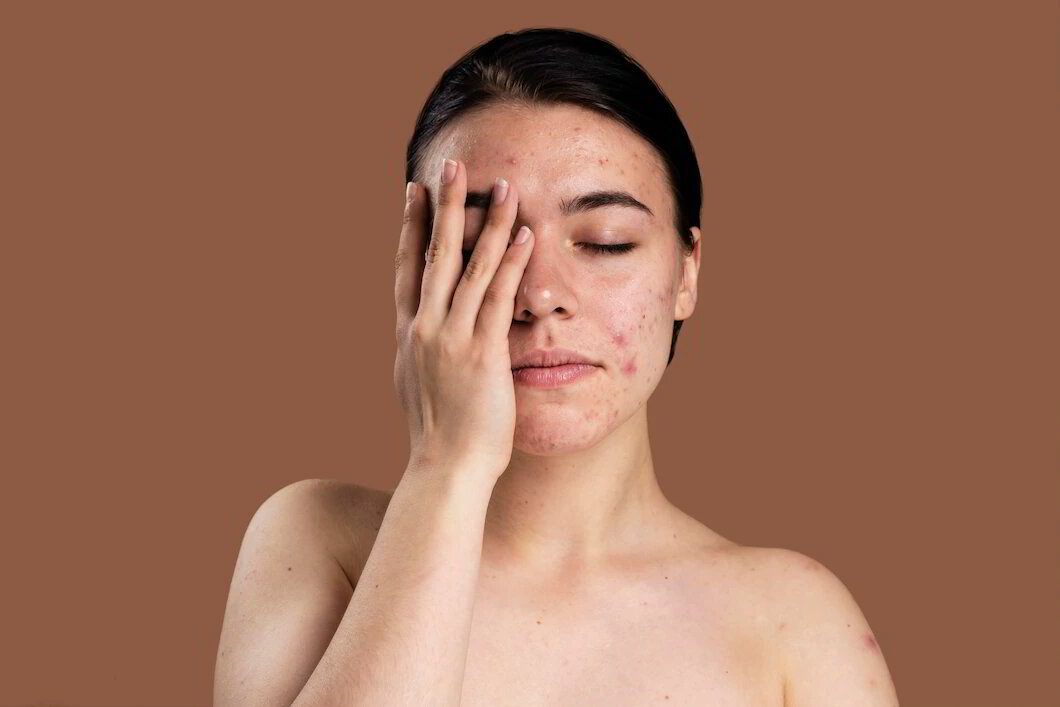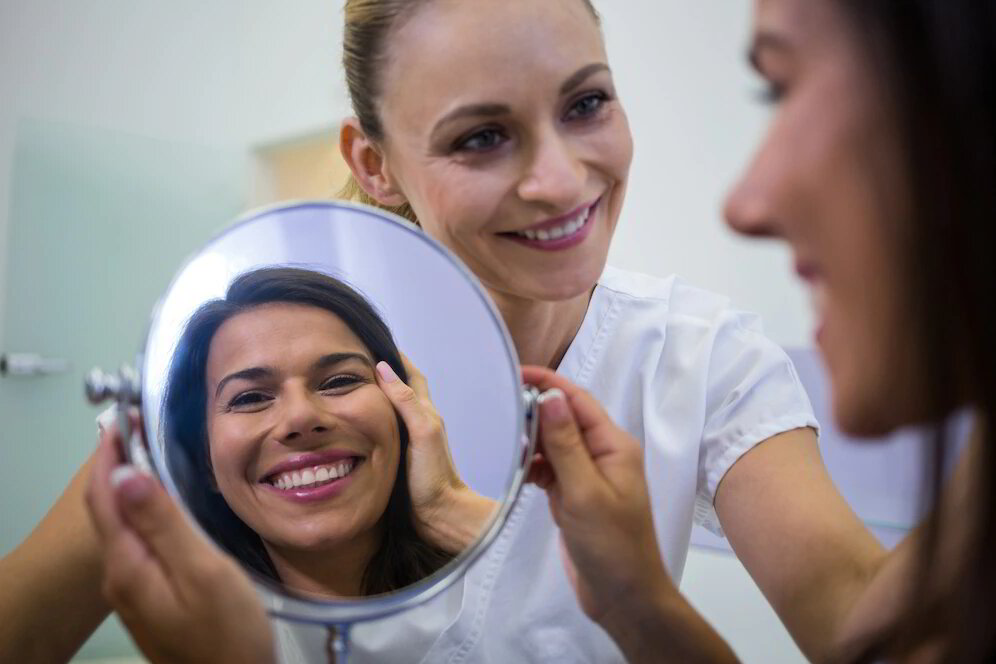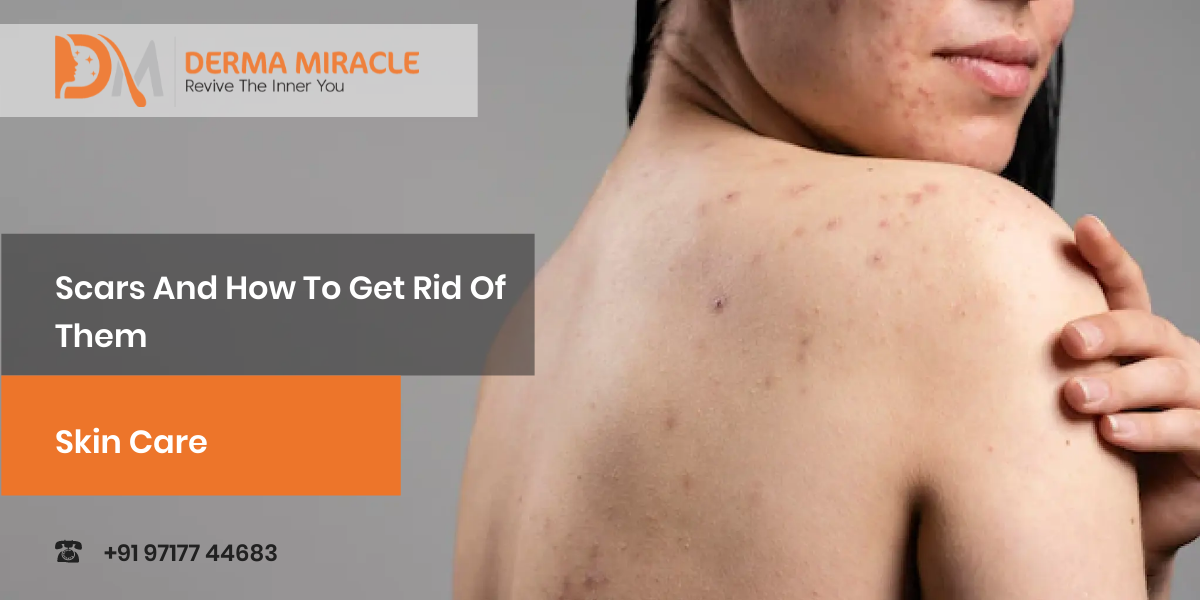
Table Of Content
Types Of Scars?
Keloid Scars – These scars are a result of the healing process being too hasty. They go beyond the initial damage. A keloid scar may restrict motion over time. Surgery to remove the scar, steroid injections, or silicone sheets to flatten the scar is all forms of treatment. Cryotherapy is able to treat smaller keloids (freezing therapy using liquid nitrogen). When you are hurt, you can also avoid the development of keloid by applying pressure or using gel pads with silicone. People with dark skin are more likely to get keloid scars.Hypertrophic Scars – Although they resemble keloids and are elevated and red, these scars do not extend past the area of the injury. Steroid injections to minimize swelling or silicone sheets to flatten the scar are examples of treatments.Contractures -Skin cannot defend itself in dyshidrotic dermatitis. This causes dry, itchy skin that is frequently accompanied by tiny blisters. It mostly affects the hands and feet, and it can also happen to persons who perspire a lot in these areas. Acne Scars – When seborrheic dermatitis affects newborns, it is sometimes referred to as cradle cap. Though it can also affect the face, chest, and area around the ears, this kind of dermatitis affects the scalp the most frequently. It frequently results in dandruff, scaly areas, and skin discoloration. These symptoms can get worse due to stress or lack of sleep. Seborrheic dermatitis cannot be cured, although it can be efficiently treated.

Methods To Treat Scars
This type involves an itchy skin patch that is frequently brought on by stress or another factor that irritates the skin.Home Remedies – Oval skin lesions are a symptom of nummular dermatitis, which frequently develops after a skin injury. Numular is Latin for “coin-like.”Tissue Fillers – The treatment for dermatitis varies, depending on the cause and your symptoms. In addition to the lifestyle and home remedies recommendations below, dermatitis treatment might include one or more of the following:
- Applying to the affected skin corticosteroid creams, gels or ointments
- Applying to the affected skin certain creams or ointments that affect your immune system (calcineurin inhibitors)
- Exposing the affected area to controlled amounts of natural or artificial light (phototherapy)
- Using oral corticosteroids (pills) or injectable dupilumab, for severe disease
- Using wet dressings, a medical treatment for severe atopic dermatitis that involves applying a corticosteroid and wrapping it with wet bandages.
Injecting Steroids – There are some types of scars which can be removed by injecting steroids and it also improves the condition of your skin.Laser Resurfacing – This is the most common method of removing acne scars. The risk of side effects is comparatively high on the individuals owning dark skin color or has a history of hypertrophic scars.Dermabrasion – In this procedure, the doctor removes the upper layer of the skin, so the scars become less visible. This procedure is for severe acne problems and has high risks of side effects.Skin Needling – In this process, doctor injects needle into the affected area to enhance collagen formation in the tissue. This technique is safe and has subtle results.Chemical Peel – In this method your doctor applies a chemical solution on the scar in order to remove the top layer of the skin, so the deeper scars become less visible. It has potential side effects include, variation in the skin color.Botox – injecting Botox in the surrounding area of a scar may decrease the visibility of a scar. Results are temporary, so the procedure is needed to be repeated to attain the optimal results.Treatment Cost – The treatment of scars varies from country to country. The majority of the time, insurance does not cover laser treatment for scars. The typical expense for laser skin resurfacing is approximately $2,000 for ablative laser treatments and $1,100 for non-ablative laser procedures, according to the American Society of Plastic Surgeons. Your treatment’s price will vary depending on a number of variables, such as the quantity of scars you’re treating and the size of the treatment area, the number of treatments you’ll require and the provider’s level of expertise. You should consult different doctors prior doing any treatment on your skin.

Conclusion
To maximize your healing and recovery, heed all directions. Depending on the sort of surgery that was done, your healthcare expert will advise you on all activity limits. Scars cannot be totally eliminated. Your unique scar’s level of healing will depend on a variety of things. Some scars don’t look better until more than a year has passed since surgery.
CONSULT DEMAMIRACLE
Scars And How To Get Rid Of Them
ACT BEFORE IT’S TOO LATE

FREE CONSULTATION AVAILABLE
Contact Us
